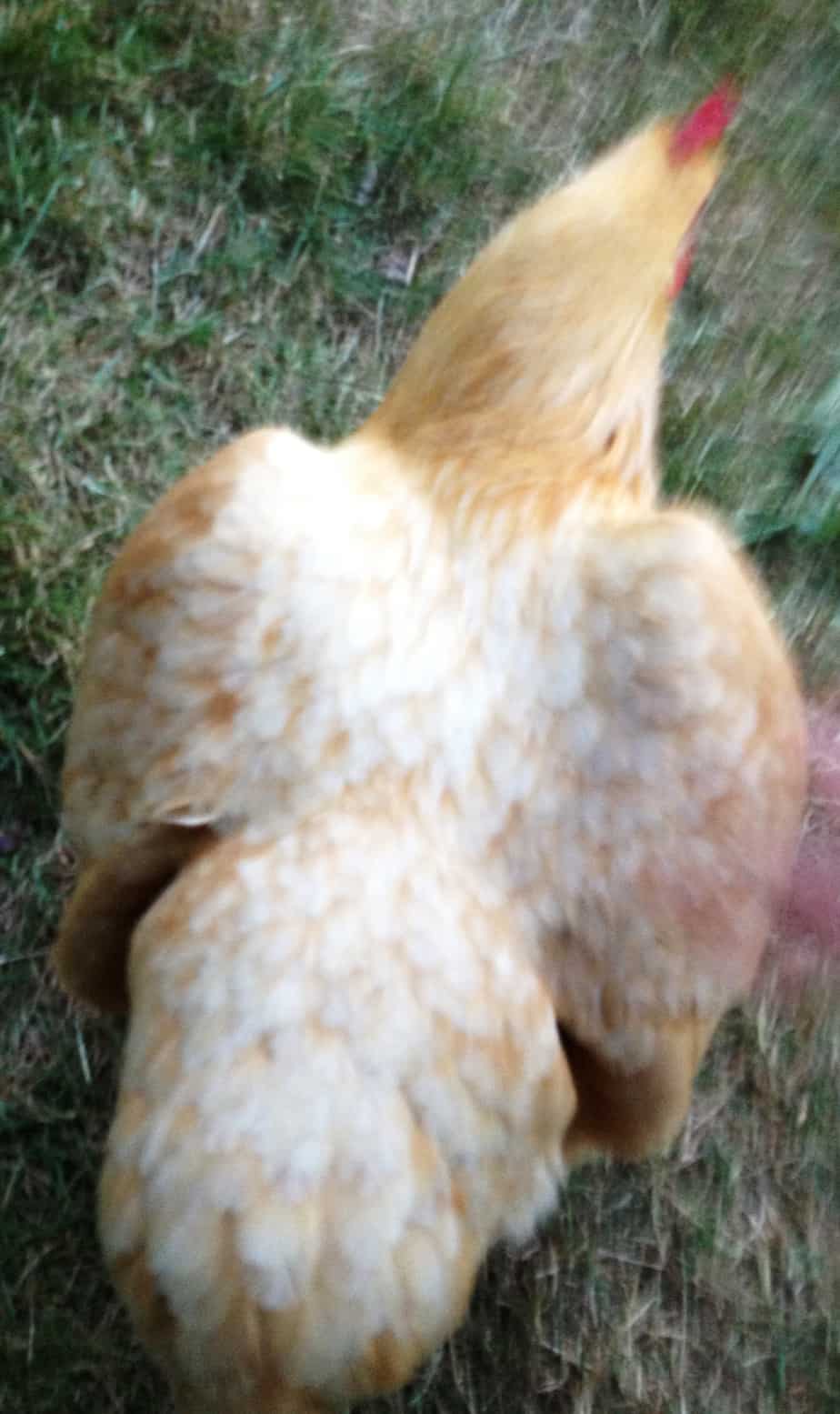 It’s that molting time of the year again. Feathers fly as the flock gets ready for winter by producing a new down coats for themselves while egg production comes to a screeching (or nearly screeching) halt.
It’s that molting time of the year again. Feathers fly as the flock gets ready for winter by producing a new down coats for themselves while egg production comes to a screeching (or nearly screeching) halt.
If you’ve never experienced molting with your flock, don’t be alarmed. It’s a normal, yearly event (although young chickens often skip molting their first year) when the changing weather (mostly the lessening of the light) signals to the chickens that winter is coming so they need to get themselves prepared.
Molting itself can range from light to heavy, and can take up to three months to complete. Some hens lose what looks like ALL their feathers overnight, while others may look like they barely lose any feathers at all.

Regardless of the ‘look’ and duration of your molting birds, growing new feathers is hard work. And takes a great deal of protein to complete (feathers are made up of about 85% protein). If they’re not getting enough protein in their diets, it will be drawn out of their body (ie bones) to aid in their feather production. Because of this, it’s good to supplement your birds’ diet with a bit of extra protein (like a teaspoon per hen of tuna or shredded cheese or scrambled eggs, etc.) You don’t have to go overboard with extra protein. Just a bit will help the process be a little easier on the girls as well as help speed up the feather growing a little.
Since hens work so hard to creating new feathers, they don’t have time to worry about such things as laying eggs. This, plus the shortening of days (since it takes about 16 hours of daylight for optimal egg laying conditions) is why you will generally experience a sharp decrease in your egg production during this time.
All this molting will eventually pass and you’ll have bright, shiny new hens in a couple of months. They will be beautiful with a body full of newly grown feathers. And then they will be all ready for that cold weather that’s just around the corner for most of us!
Enjoy the beginning of fall! Winter is on the way!
PS: If you are getting a few eggs and are wondering who is laying them, approach a hen from above as if you are going to pick her up. If she crouches, she’s still in leg laying mode. (The crouch is signaling her submission to you as the ‘rooster’ of the flock.) Not all chickens stop laying completely during their molting season, but they will usually at least slow down if not quit entirely.

